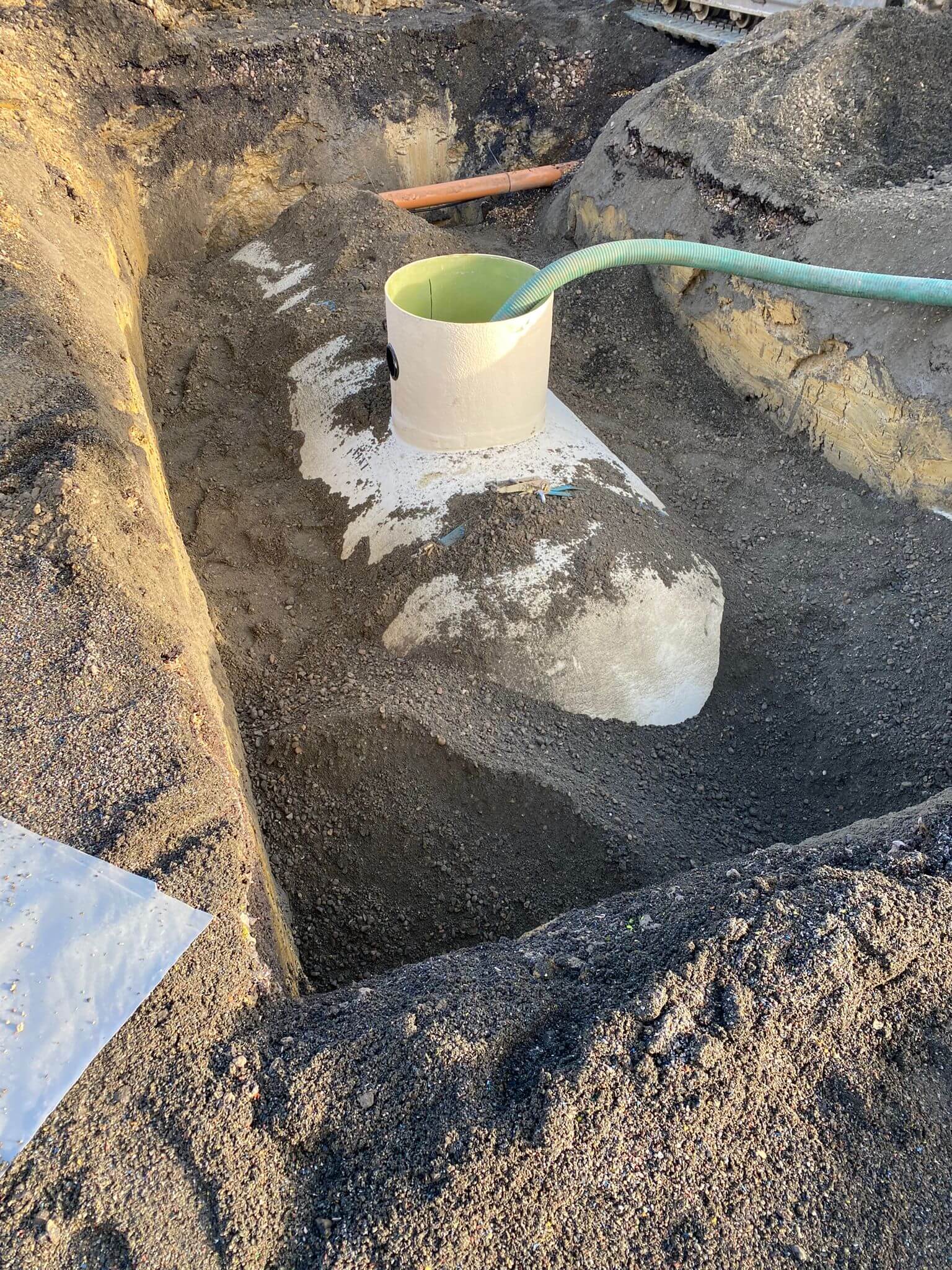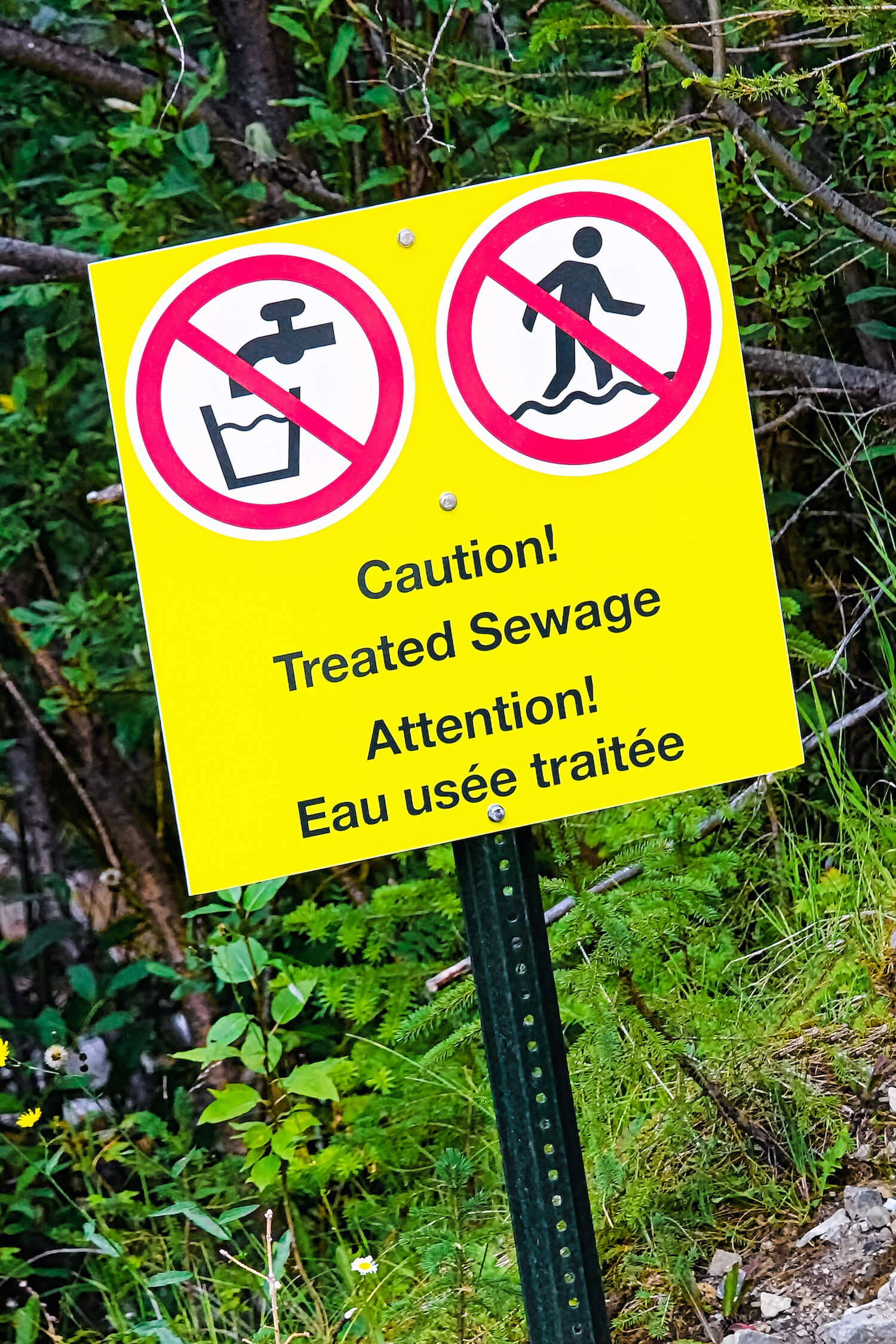Table of Contents
Septic tanks are ideal for properties beyond the reach of the centralised sewerage network and are a common site in rural properties across the UK. But are they environmentally friendly?
What are septic tanks?
At their core, septic tanks harness natural biological mechanisms. Wastewater introduced into the tank undergoes a separation process driven by gravity and indigenous microbial activity. Heavier solids settle to form sludge, while lighter materials accumulate as a scum layer.
This initial treatment phase allows the partially treated liquid effluent to then discharge into a subsurface infiltration system, often referred to as a drainage field.
Within the soil matrix of this field, further natural filtration and purification occur before the treated water integrates with the local hydrological cycle.
Ecological Advantages of Septic Systems
Reduced Energy Demand
In contrast to large-scale treatment facilities that necessitate substantial energy input for pumping, aeration processes, and chemical interventions, a correctly engineered and maintained septic tank system primarily operates through gravitational forces. This inherent characteristic contributes to a lower overall energy consumption during routine operation.
Reliance on Natural Treatment
The decomposition of organic matter within the confines of the septic tank is facilitated by anaerobic (oxygen-deprived) biological processes. Subsequently, the passage of effluent through the soil of the drainage field provides an effective and natural medium for the removal of residual contaminants and nutrients prior to its return to local water resources.
Decreased Infrastructural Requirements
For properties situated outside established sewer networks, septic tanks offer an autonomous wastewater management solution, negating the need for extensive and energy-intensive pipeline infrastructure. This can be particularly advantageous in more dispersed or rural settings.
Suitability for Decentralised Applications
For dwellings and commercial premises not connected to main sewer lines, septic tanks provide a practical and often ecologically sound approach to managing wastewater at the source.
Environmental Considerations and Responsible Stewardship
While septic tank systems offer several ecological benefits, their overall environmental
performance is intrinsically linked to proper design, consistent maintenance schedules,
and responsible operational practices.
Risk of Subsurface Water Contamination
Systems that are inadequately designed, improperly installed, or subjected to insufficient maintenance can pose a threat to the quality of underlying groundwater resources. Adherence to relevant environmental regulations and engaging qualified professionals for installation are therefore paramount. Ensuring a correctly sized and appropriately located drainage field with suitable soil permeability is essential for effective natural filtration.
Sludge Management Protocols
Regular ‘desludging’ and the appropriate disposal of the removed sludge by authorised carriers are critical to prevent system overload and potential environmental impairment.
Influence of Household Chemical Usage
The composition of household chemicals entering the septic tank can negatively impact the microbial communities responsible for the initial breakdown of waste. The adoption of environmentally benign cleaning products and the avoidance of discharging harsh chemicals, paints, and solvents into the system are vital for maintaining its ecological integrity.
Longevity of Infiltration Areas
Overloading the system with excessive water discharge can lead to saturation of the drainage field, diminishing its treatment capacity and potentially causing environmental issues. Implementing water-efficient fixtures and practicing mindful water consumption habits are important considerations.
General binding rules about septic tanks
To summarise the general binding rules, septic tanks in the UK must not discharge directly into the watercourse such as rivers and streams.
As long as your septic tank meets all of the general binding rules, you will not need a permit, however you must abide by all appropriate building regulations and planning permission where necessary.
There are three distinct time periods that will affect the general binding rules that affect your septic tank, these being:
- Discharges that started before 1 January 2015
- Discharges that started after 1 January 2015 but before 2 October 2023
- New discharges that started on or after 2 October 2023
For full details regarding these septic tank binding rules, please visit our blog.
Is a septic tank right for your property?
If you are considering installing a new drainage system not connected to the mains, there are a few important considerations before choosing a septic tank, cesspool, pit or sewage treatment plant. Knowing the difference is crucial for maintenance, compliance, cost and functionality. We’ve written a dedicated guide to help you choose between these types of waste management solutions, which you can read here.
Peachy Services offer our expertise to help you choose the right system for your property, taking into account your usage, site requirements, budget and environmental considerations.
Septic tank installation is one of our provided services, but if you have more questions for what is right for your property, give us a call to talk through your waste management requirements.



